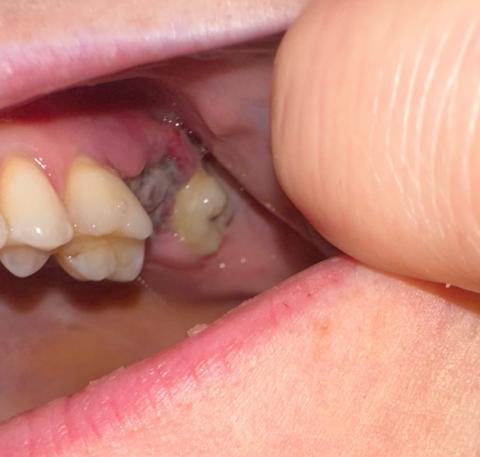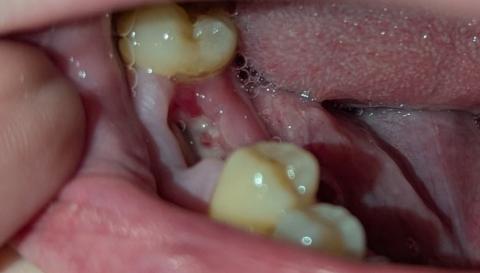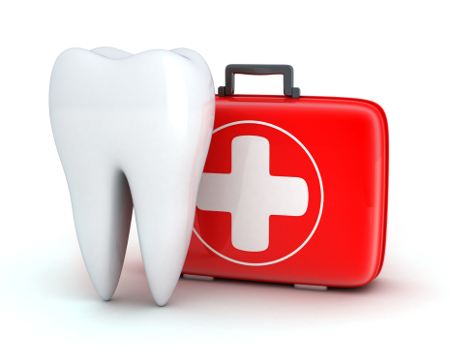Acute Infection and Necrotic Tissue Formation on Posterior Molar – Early Signs of Spreading Dental Abscess
Full Analysis and Diagnosis
Upon zooming in at 100%, the molar region (likely third molar or second molar area) shows grayish-black necrotic tissue, possibly indicating infection or tissue death. There is yellowish exudate or pus, a clear sign of acute infection. The gum tissue around the infected site appears inflamed. The adjacent tooth structure is partially covered by infected tissue with visible gum swelling. This can be a sign of pericoronitis, abscess, or developing dry socket (if post-extraction).









